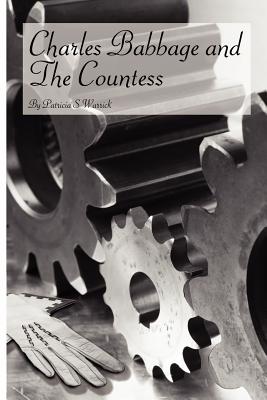Charles Babbage was thirty years old in 1821, as was his close friend, John Herschel, and in English intellectual circles they were both regarded as brilliant mathematicians. One day as Babbage worked in preparing logarithmic tables, a tedious and boring task, he commented to Herschel that he thought he could invent a machine to do these calculations with far more speed and accuracy than a human calculator could. And so was born an idea that would fascinate, tantalize, and absorb him for the remainder of his life. Over the years he drew plans, expanded them, modified them, and finally invented two machines, the Difference Engine and the Analytical Engine. The first was capable only of generating tables, but the Analytical Engine could do much more. It could convert into numbers and print the results of any formula that might be required. It could also develop any analytical formula the laws of whose formation were given. Using punched cards it could store early results in a calculation and then use them to make further calculations when they were required. He had invented the first mechanical computer.
| FindBook |
有 1 項符合
Charles Babbage and the Countess的圖書 |
 |
Charles Babbage and the Countess 作者:Warrick 出版社:Authorhouse 出版日期:2007-04-16 語言:英文 規格:平裝 / 516頁 / 22.9 x 15.2 x 3 cm / 普通級 |
| 圖書館借閱 |
| 國家圖書館 | 全國圖書書目資訊網 | 國立公共資訊圖書館 | 電子書服務平台 | MetaCat 跨館整合查詢 |
| 臺北市立圖書館 | 新北市立圖書館 | 基隆市公共圖書館 | 桃園市立圖書館 | 新竹縣公共圖書館 |
| 苗栗縣立圖書館 | 臺中市立圖書館 | 彰化縣公共圖書館 | 南投縣文化局 | 雲林縣公共圖書館 |
| 嘉義縣圖書館 | 臺南市立圖書館 | 高雄市立圖書館 | 屏東縣公共圖書館 | 宜蘭縣公共圖書館 |
| 花蓮縣文化局 | 臺東縣文化處 |
|
|
圖書介紹 - 資料來源:博客來 評分:
圖書名稱:Charles Babbage and the Countess
|









